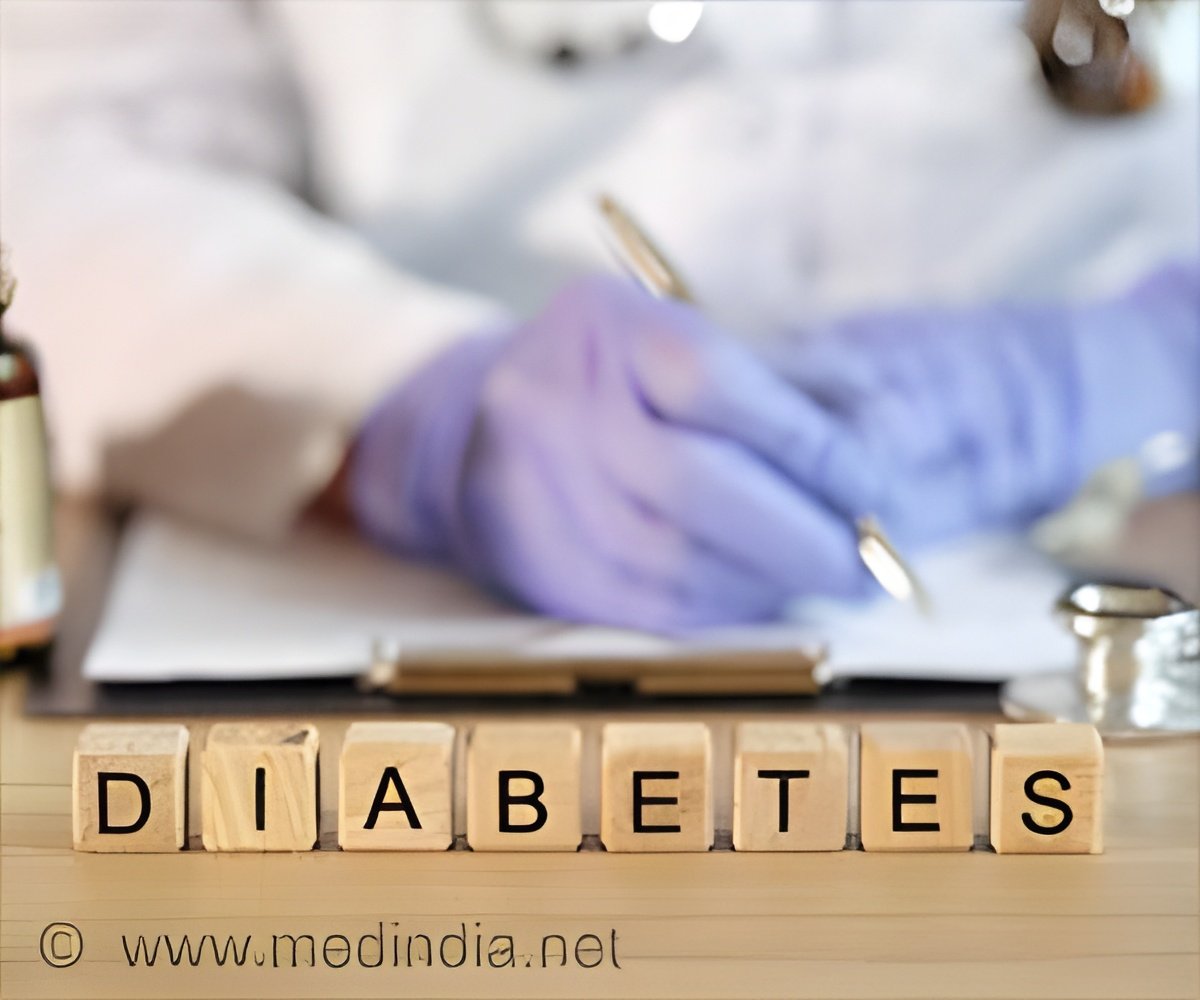
The type 2 diabetes and obesity market for GLP-1R agonists is expected to reach $125 billion in 7 major markets by 2033. This estimation has been projected by GlobalData, a leading data and analytics company (1✔ ✔Trusted Source
Glucagon-Like Peptide-1 Receptor Agonists
).
Glucagon-like peptide-1 (GLP-1) receptor agonists are a type of medication used to treat type 2 diabetes and obesity.
The primary role of GLP-1 agonists is to decrease the levels of glucose in the bloodstream, consequently regulating the metabolic processes in patients who are impacted.
The market for obesity and type 2 diabetes medications is expanding at a very fast rate and along with them, the market for GLP-1 receptor agonists is expanding. GlobalData predicts that sales of GLP-1 receptor agonists in the seven major markets (7MM) will exceed $125 billion by 2033. The seven major markets include the US, France, Germany, Italy, Spain, the UK, and Japan.
Market Share for GLP-1 Drugs
According to GlobalData’s most recent report titled “Seven-Market Forecast and Market Analysis: Glucagon-like peptide-1 (GLP-1) receptor agonists in type 2 diabetes and obesity,” it is projected that GLP-1 receptor agonists will have a significant presence in the field of metabolic diseases over the next decade. These medications are already well known, and experts interviewed by GlobalData have indicated that patients often request these particular drugs from their healthcare providers.
The Pharma Analyst at GlobalData, Costanza Alciati, stated, “There are currently 10 GLP-1 receptor agonists approved for type 2 diabetes and three for obesity, but many more are expected to reach the market in the next five to 10 years. Indeed, there are 51 products in clinical
development for obesity and/or type 2 diabetes, which exploit the GLP-1receptor agonist mechanism, often coupled with other actions.”
GlobalData reports that over 190 million individuals are presently affected by type 2 diabetes and/or obesity in the 7MM. The figures are projected to increase at an annual growth rate (AGR) of 1.35% for type 2 diabetes and 0.57% for obesity over the next decade.
Alciati further added, “At present, Ozempic (Wegovy for obesity) and Mounjaro dominate the GLP-1 receptor agonist space. But there is an opportunity for new players to join the race, as the market is vast. Some of the therapies in Phase III are very promising and GlobalData
expects them to reach the billion-dollar sales mark within a couple of years from their launch.”
Advertisement
Alciati closed by stating, “The uptake of GLP-1 receptor agonists will certainly increase though it is currently stunted by production shortages. Going forward, that barrier should decrease. Furthermore, with more competition, costs may go down and become more affordable and
accessible to a higher patient number. With increased awareness among physicians and patients, especially in recognizing obesity as a disease, it is expected to result in an increase in prescriptions of obesity drugs, the most effective being GLP-1 receptor agonists.”
There are currently ten GLP-1 receptor agonists approved for Type 2 diabetes and three for obesity, but many more are expected to reach the market in the next five to ten years.
Advertisement
Reference:
- Glucagon-Like Peptide-1 Receptor Agonists – (https://www.ncbi.nlm.nih.gov/books/NBK551568/)
Source-Medindia



